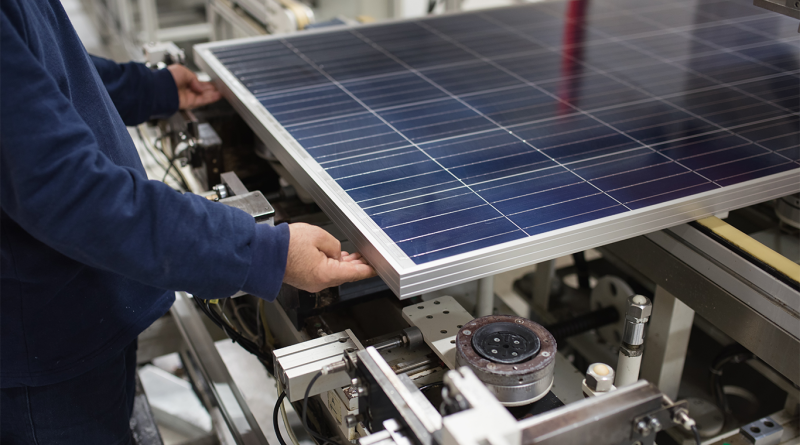U.S. Solar Panel Manufacturing Set to Surge in 2024
In 2024, the U.S. solar panel manufacturing industry is poised for unprecedented growth, driven by government incentives, technological advancements, and increasing demand for renewable energy solutions. This surge is not only a testament to the country’s commitment to sustainability but also a significant step towards reducing reliance on fossil fuels and combating climate change.
Government Incentives: Fueling the Solar Boom
The U.S. government has played a crucial role in the recent surge of solar panel manufacturing. The Inflation Reduction Act (IRA) has introduced several incentives aimed at boosting the production and deployment of renewable energy. One of the most impactful measures is the advanced manufacturing production credit (Section 45X), which provides substantial tax credits for the production of solar components within the U.S.. This has made solar energy projects more financially viable and attractive to investors.
Moreover, new federal rules have simplified the development of renewable energy projects on public lands, reducing fees and making it easier for companies to access these tracts for solar installations. These policies have created a conducive environment for the solar industry to thrive, fostering innovation and large-scale adoption of solar technologies.
Technological Advancements: Pushing Boundaries
Innovation in solar technology has been another critical factor propelling the industry’s growth. Recent developments include high-efficiency perovskite-silicon tandem PV modules, which promise to enhance the efficiency and durability of solar panels. Projects like the integration of solar systems into building materials and roofing solutions are also making solar energy more accessible and cost-effective.
For instance, the DOE has funded various initiatives aimed at improving solar panel performance and reducing installation costs. These projects include the development of building-integrated PV modules and innovative roofing-integrated solar racking systems, which are expected to streamline installation processes and improve overall system reliability.
Job Creation and Economic Upliftment
The rapid expansion of solar panel manufacturing is expected to create a substantial number of jobs and stimulate economic growth across the United States. In the first quarter of 2024 alone, solar manufacturing capacity increased by 71% compared to the last quarter of 2023. This growth is not only benefiting the renewable energy sector but also uplifting local communities by providing new employment opportunities and boosting local economies.
States like Texas and Florida are leading the charge in new solar capacity additions, with significant investments in solar projects that employ hundreds of local workers. These developments are contributing to a more robust and diversified energy economy, positioning the U.S. as a key player in the global renewable energy market.
Navigating Supply Chain Disruptions
Despite the optimistic outlook, the solar industry faces several challenges that could impact its growth trajectory. One of the primary concerns is supply chain disruptions, which have been exacerbated by global events and increased demand for solar components. The U.S. heavily relies on imports for certain materials, and any disruptions in the supply chain can lead to delays and increased costs.
Additionally, competition from overseas manufacturers, particularly from China, remains a significant challenge. China continues to dominate the global PV manufacturing sector, accounting for a large share of global production capacity. This competition puts pressure on U.S. manufacturers to innovate and reduce costs to remain competitive in the global market.
U.S. on the Path to Global Leadership in Renewable Energy
Experts predict that the U.S. will continue to enhance its solar manufacturing capabilities, potentially becoming a global leader in the renewable energy sector. The commitment to sustainability and innovation will be crucial in achieving this goal. The focus on developing advanced solar technologies and integrating them into various applications is expected to drive future growth
